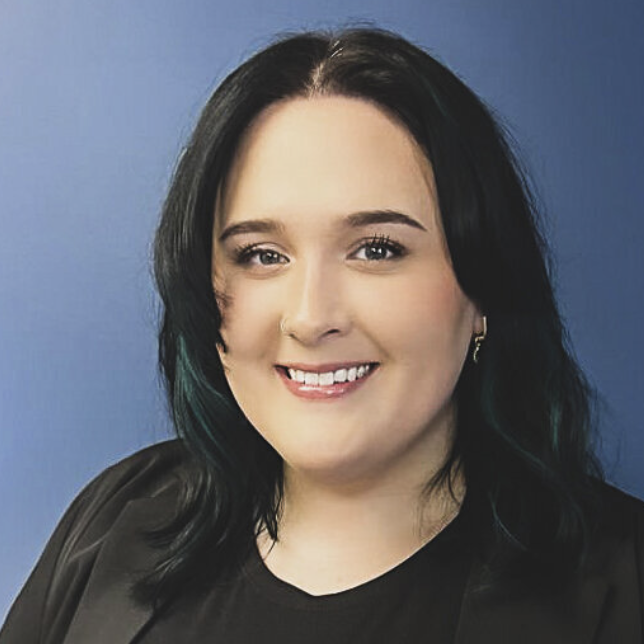
Written by: Tara Gray, M.A., CCC-SLP
Speech-Language Pathologist
The Importance of Yes & No Questions
There are so many yes/no questions we ask kids every single day:
Is that daddy? Do you want milk? Are we going to the park? Did you eat a cookie? Do you want chicken nuggets? Did you just eat a leaf? Can you find your shoes? Is that a dog? Do you see the car? Do you like the slide? Can I have the ball? Are you going to pop the bubble? Are you drawing on the wall? Do you want a popsicle? Is that chocolate? Are you excited? Can you help mommy? Did you take your sister’s toy? Are we supposed to throw food?
These questions frequently occur in our daily conversations, so when our child is having a hard time understanding them it can significantly impact their ability to communicate with us. This question type is also a “question building block,” meaning its development typically occurs before all other question types. Children need to be able to understand and answer yes/no questions such as the above before they can understand either/or choice questions, what, who, where, why, when, and more complex problem solving questions. These are all skills needed to participate in conversation with others as well as important for the development of academic skills.
Either/Or Choice Questions
- Do you want pants or a dress?
- Do you want the ball or the puzzle?
- Should we eat nuggets or sandwiches?
Either/Or Knowledge Questions
- Is this a shoe or a doll?
- Is this a tree or a car?
- Is that a house or an airplane?
- Do we eat it or wear it?
- Do we drive it or kick it?
- Do we fly it or call it?
- Do you wear a cat or a shoe?
- Do you eat a banana or a tree?
- Do you draw with a toothbrush or a crayon?
What Questions
- What do you use to brush your teeth?
- What do you sleep on?
- What does a fish do?
- What do you do with crayons?
Who Questions
- Who puts out fires?
- Who helps people when they’re sick?
- Who sleeps in a crib?
- Who teaches kids at school?
Where Questions
- Where is the sun?
- Where do you swim?
- Where do you go to see lots of animals?
- Where do you fish live?
- Where do we keep the car?
Why Questions
- Why do you brush your teeth?
- Why do we wear seatbelts?
- Why do we cry?
- Why do we need an umbrella when it rains?
When Questions
- When do you eat breakfast?
- When does it snow?
- When do you get lots of presents?
- When do you take a bath?
- When do you go to sleep?
Oftentimes we, here at Small Talk, find that parents are not sure whether their young children understand yes/no questions or not. The best way to check for understanding is to use known items that they love and dislike.
Take the item they love (a snack, toy, etc.) and ask:
“Do you want the loved item?”
Pause and wait for a response. Their response may take a moment, be patient. This includes verbal responses or attempts, nodding head, etc.
Now repeat with the item they dislike and ask:
“Do you want the disliked item?”
Pause and wait for a response. Again, this includes verbal responses or attempts, shaking head, etc.
If your child does not respond or responds in a way that is inconsistent with their actual desires with the item (nods head and pushes the item away or says no and grabs the item), this could indicate a weakness in understanding these yes/no type questions. It is important when attempting this activity (or when trying to teach your child yes vs. no) to try not to predict your child’s wants and needs. When we always predict their needs we take away valuable practice time and autonomy from these little ones.
If you have noticed difficulty with any of the above types of questions, it is a good idea to get a speech and language evaluation to determine if you child needs any help in this (or other) speech and language areas. Reach out to Small Talk or your local speech-language pathology practice for help!
